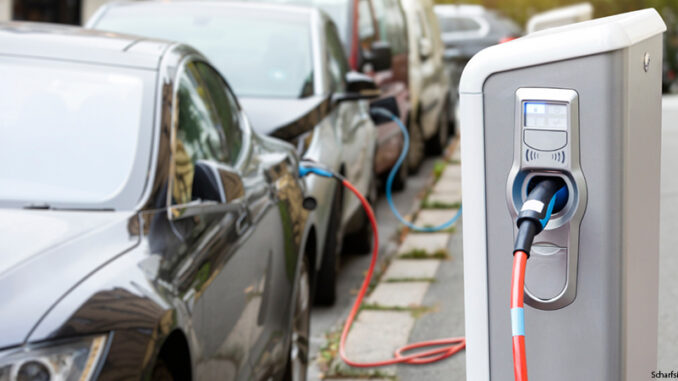
Electric vehicle (EV) purchases have risen in recent years. Many EV customers want to reduce their gasoline expenses and also reduce the emissions of greenhouse gases when driving. In 2022, the Biden administration passed a substantial federal tax credit for people who buy electric vehicles. That tax credit expired on October 1, 2025. What impact will this change have on prices and the future of electric vehicles in the United States?
What Does This Mean for the Consumer?
Previously, when you purchased an electric vehicle, you would receive a $7,500 federal tax credit. This encouraged many people to purchase electric vehicles. Now, without it, fewer people will buy these cars. The demand for EVs is expected to show a decline. But what overall impact will this have on the consumer?
Usually, as demand for something goes up, so does the price. (Think about any recent trends you know of. When an object suddenly becomes very popular, it becomes more expensive. This is because higher demand results in a tighter supply.)

If demand goes down, the price may also go down because there are more items available. So, if the demand for electric vehicles gets lower, then they should also get cheaper. That’s good news for the consumer, right? But automakers are still focused on making a profit. Therefore, the price of EVs might drop slightly to match the drop in demand. It won’t be enough to make up for the loss of the tax credit. The cost of EVs will still cost more than they did before October. And automakers will be more reluctant to make more EVs if demand drops. So, it may be harder to find electric vehicles in the future.
What Does This Mean for the Automakers?
Before the October tax credit policy change, EVs were growing dramatically in popularity. In fact, the rate of people buying EVs was much higher than the rate of people buying traditional gas-powered cars. (In 2024, sales of non-electric cars rose 2 percent, but the sales of EVs rose 7 percent.) 1.6 million people bought electric cars in the U.S. in 2024. But those gains are already starting to slow in 2025. So far, automakers have tried to sweeten the pot for buyers by offering good deals and incentives (such as better financing packages). But will that be enough going forward?
What Does This Mean for the Future of EVs?
Does this decreasing demand signal the beginning of the end of electric vehicle production in the United States? No. For one thing, the tax credit didn’t apply to any vehicles over $80,000, such as luxury cars and large trucks. The loss of the tax credit won’t have any impact on the production or purchasing rate of those types of vehicles.
Also, a recent study found that 65 percent of the people who were planning to purchase an EV in the next two years say they will buy one anyway, even without the federal tax credit. People planning to purchase vehicles say that it’s still worth it to them to do so, because of the vehicle performance, long-term savings on fuel, and environmental impacts.
